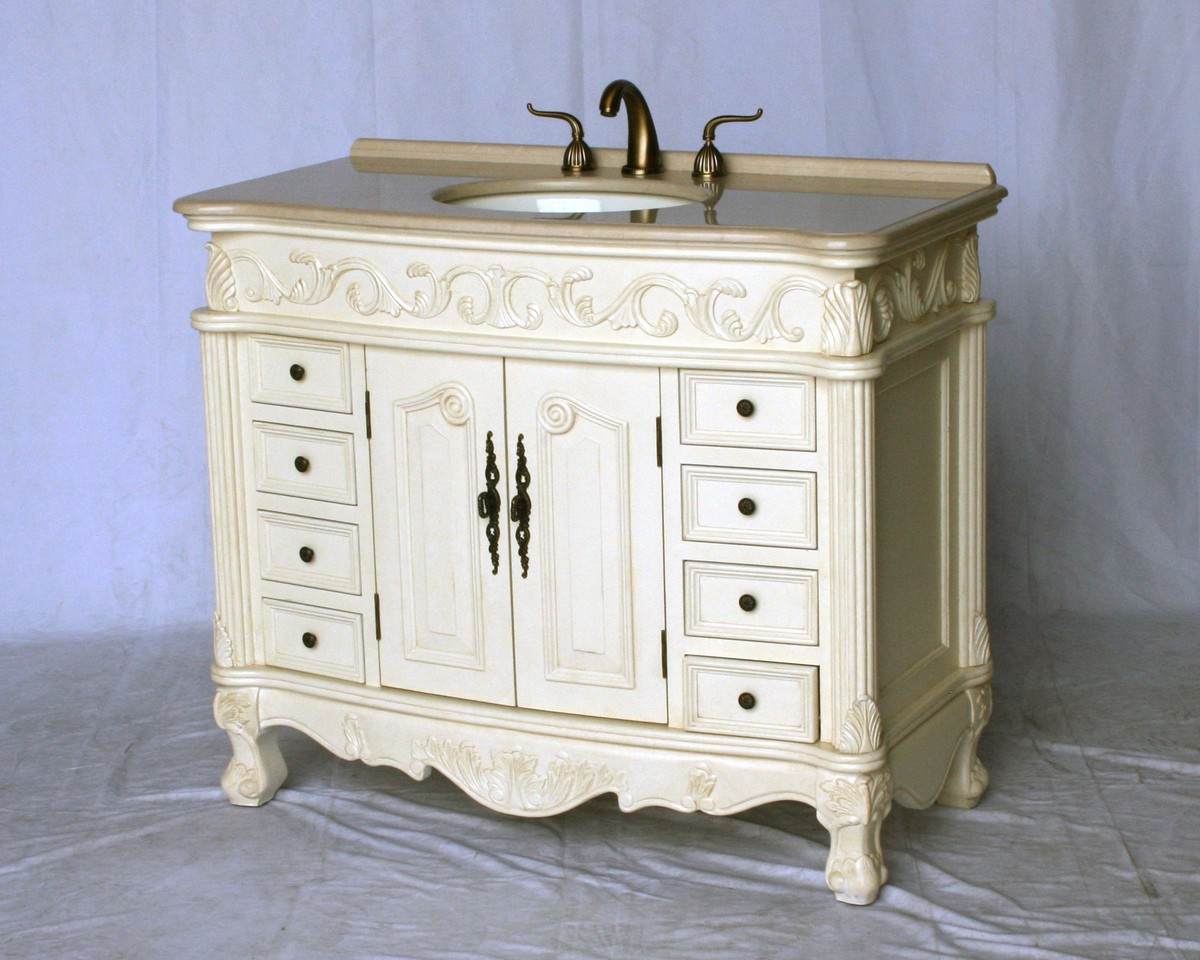A sunken living room is a trendy and unique feature that can add value to your home. By creating a designated area that is slightly lower than the rest of the room, a sunken living room adds depth and character to your home. However, like any home renovation project, there are pros and cons to consider before incorporating a sunken living room into your design. Pros: 1. Creates a visual impact: A sunken living room adds visual interest and creates a focal point in your home. It can make a room feel larger and more open, giving the illusion of higher ceilings. 2. Separates spaces: By lowering the living room area, you can create a sense of separation between different living spaces without putting up walls. This can be particularly useful in open floor plans where you want to define different areas for entertaining, lounging, or dining. 3. Adds depth and dimension: A sunken living room adds depth and dimension to your home, breaking up the monotony of a flat floor plan. It can also provide different levels for seating, creating a more interesting and dynamic space. 4. Increases home value: A sunken living room is a unique feature that can set your home apart from others on the market. This can increase the value of your home, making it a worthwhile investment. Cons: 1. Can be expensive: Creating a sunken living room can be a costly renovation project. It may involve digging into the foundation of your home and restructuring the flooring, which can add up in labor and material costs. 2. Limited accessibility: Depending on the design and depth of the sunken living room, it may not be easily accessible for everyone. This can be a concern for families with young children or elderly individuals who may have difficulty navigating the lower level. 3. Potential safety hazards: If not properly designed and built, a sunken living room can pose safety hazards. Steps or changes in elevation can be tripping hazards, and there may be a risk of falling or injury if the area is not well-lit.Sunken Living Room: Pros and Cons
Incorporating a sunken living room into your home can add value in more ways than one. Not only does it create a unique and visually appealing feature, but it can also increase the overall value of your home. Here are some tips on how to add value to your home with a sunken living room: 1. Consider the design: When planning a sunken living room, think about the overall design and functionality of the space. It should flow seamlessly with the rest of your home and provide easy access for all occupants. Consider using materials that are durable and easy to maintain, such as hardwood or tile. 2. Add natural light: A sunken living room can potentially be dark and cave-like if not properly lit. To avoid this, incorporate windows or skylights to bring in natural light. This will not only make the space feel more inviting but also add value to your home. 3. Choose the right furniture: The furniture you choose for your sunken living room can also add value to your home. Opt for pieces that are functional, comfortable, and stylish. This will not only enhance the design of the space but also showcase its potential to potential buyers. 4. Make it versatile: A sunken living room can serve multiple purposes, so make sure to design it with versatility in mind. It can be a cozy seating area, a home theater, or even a playroom for children. By making it adaptable, you can appeal to a wider range of potential buyers in the future.How to Add Value to Your Home with a Sunken Living Room
If you're considering adding a sunken living room to your home, here are some design ideas to inspire you: 1. Create a conversation pit: A sunken living room can be the perfect spot for intimate conversations with friends and family. Use comfortable seating and a low coffee table to create a cozy and inviting space. 2. Make it a home theater: With its lower level and dim lighting, a sunken living room can be an ideal spot for a home theater. Add a large screen and surround sound system for the ultimate movie-watching experience. 3. Incorporate a fireplace: A fireplace can add warmth and ambiance to a sunken living room. It can also serve as a focal point and make the space feel even cozier. 4. Use different flooring: To further define the sunken living room area, consider using a different type of flooring than the rest of the room. This can add visual interest and create a clear separation between spaces.Sunken Living Room Ideas for Your Home
In addition to adding value to your home, a sunken living room has many benefits that make it a worthwhile addition to any space: 1. Aesthetically pleasing: A sunken living room adds a unique and stylish element to any home. It can make a room feel more interesting and dynamic, and add character and charm. 2. Creates a sense of intimacy: By creating a lowered area, a sunken living room can make a space feel more intimate and cozy. This can be especially useful in large, open floor plans where you want to add some warmth and intimacy. 3. Adds value to your home: As mentioned before, a sunken living room can increase the overall value of your home. It's a feature that sets your home apart from others and can be a selling point for potential buyers. 4. Versatile in design and function: A sunken living room can serve various purposes, from a lounge area to a home theater or even a dining space. This versatility makes it a practical addition to any home.The Benefits of a Sunken Living Room
When designing a sunken living room, keep these tips in mind to ensure it adds value to your home: 1. Consider the overall design and flow: A sunken living room should feel like a natural part of your home, not an afterthought. Make sure it flows seamlessly with the rest of the space and is easily accessible. 2. Use durable and low-maintenance materials: Since a sunken living room is slightly lower than the rest of the room, it may be more prone to wear and tear. Choose materials that can withstand heavy foot traffic and are easy to clean and maintain. 3. Incorporate natural light: As mentioned before, natural light is crucial in a sunken living room. Make sure to include windows or skylights to bring in as much light as possible. 4. Create a seamless transition: To make the sunken living room feel like a natural extension of the rest of the room, create a seamless transition between the two areas. This can be achieved through consistent flooring, color schemes, and design elements.Sunken Living Room Design Tips for Adding Value
A sunken living room is a timeless design element that can add value to your home. Its unique and versatile nature makes it a desirable feature for potential buyers, and its benefits make it a practical and stylish addition to any space. By carefully considering the design, functionality, and overall flow of the space, you can create a sunken living room that adds value to your home and enhances your living experience.Sunken Living Room: A Unique Feature That Can Increase Home Value
Thinking of adding a sunken living room to your home? Here are some steps to help you incorporate this unique feature into your space: 1. Determine the purpose: Before starting the renovation, decide how you want to use the sunken living room. Will it be a lounge area, a home theater, or a playroom? This will help guide the design and layout of the space. 2. Create a plan: Work with a professional to create a plan for the sunken living room. This should include the design, materials, and any necessary structural changes. 3. Consider safety: Safety should be a top priority when designing a sunken living room. Make sure there are proper railings, lighting, and easy access to the lower level. 4. Choose the right furniture: The furniture you choose for your sunken living room should be both functional and stylish. Consider the purpose of the space and choose pieces that fit the design and flow of the room.How to Incorporate a Sunken Living Room into Your Home
If you already have a sunken living room in your home but want to increase its value, consider remodeling or updating the space. Here are some ideas to help you get started: 1. Add a feature wall: A feature wall can add interest and depth to a sunken living room. Consider using a bold color, wallpaper, or textured materials to make the space stand out. 2. Update the flooring: If your sunken living room has outdated or worn flooring, consider updating it with a more modern and durable option. This can instantly freshen up the space and make it more appealing to potential buyers. 3. Incorporate smart home technology: Adding smart home technology to your sunken living room can make it more functional and appealing. Consider installing a voice-activated speaker system or smart lighting for added convenience and value. 4. Make it energy-efficient: Energy-efficient features can increase the value of your home and save you money in the long run. Consider adding energy-efficient windows, insulation, or lighting to your sunken living room.Sunken Living Room Remodeling: Adding Value to Your Home
A sunken living room is a practical and stylish addition to any home. Its timeless design and unique features make it a valuable asset that can increase the overall value of your home. By carefully planning and designing the space, you can create a sunken living room that adds both beauty and value to your home.Sunken Living Room: A Timeless Design Element That Adds Value
Sunken Living Rooms: A Unique and Valuable Addition to Your Home

The idea of a sunken living room may bring to mind images of retro 70s homes with shag carpets and lava lamps. However, this unique design feature is making a comeback in modern homes and for good reason - it adds value to your home. A sunken living room not only adds a touch of luxury and style to your space, but it also offers practical benefits that can increase the overall value of your home.
Creating a Sense of Separation and Definition
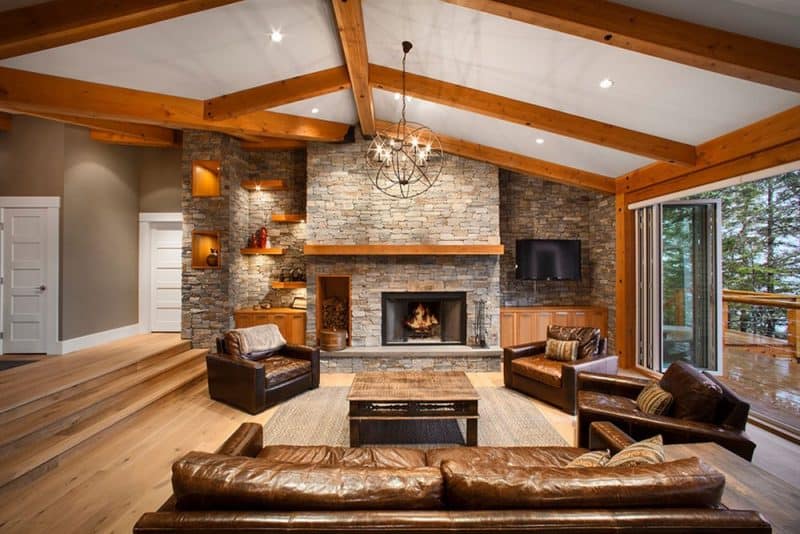
One of the main advantages of a sunken living room is the sense of separation it creates in an open floor plan. By lowering the level of the living room, you are creating a distinct and defined space separate from the rest of the living areas. This can be beneficial for larger homes with high ceilings, where creating separate areas can help break up the space and make it feel more intimate.
Additionally, the sunken living room can serve as a transition between different areas of the home. For example, it can be placed between the kitchen and dining area, creating a natural flow between the two spaces.
Increase in Ceiling Height and Natural Light
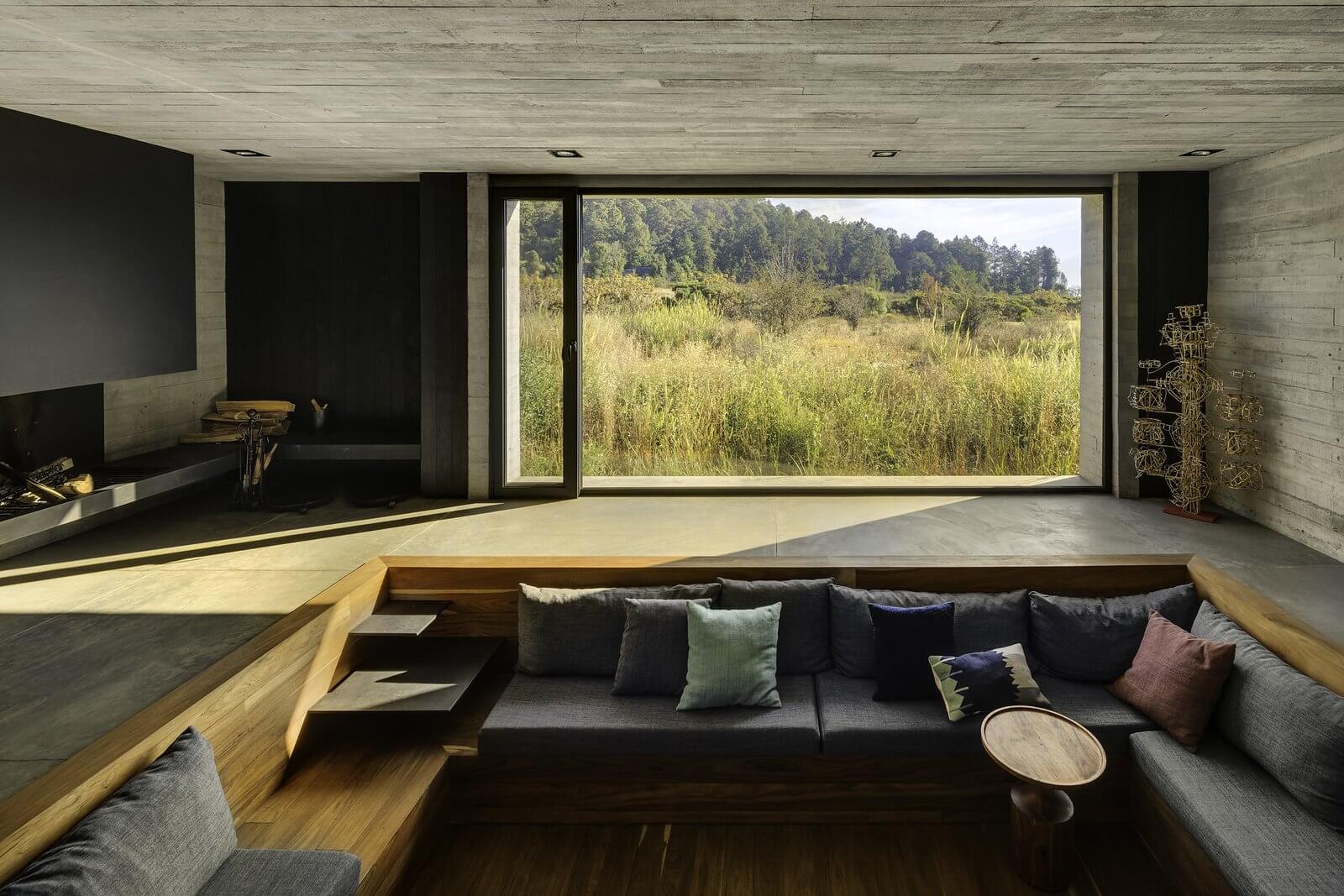
A sunken living room can also have a significant impact on the overall aesthetic of your home. By lowering the floor level, the ceiling height is increased, creating a grand and spacious feel. This can be especially appealing to potential buyers who are looking for a home with a unique and luxurious touch.
The lowered floor level also allows for larger windows to be installed, bringing in more natural light into the living room. This not only adds to the overall ambiance of the space but also has energy-saving benefits by reducing the need for artificial lighting during the day.
Maximizing Space and Functionality

In smaller homes, a sunken living room can be a smart design choice to maximize space and functionality. By lowering the living room, you are creating more vertical space that can be utilized for storage or other purposes. You can also incorporate built-in seating or storage solutions into the sunken area, making the most out of the space.
Furthermore, a sunken living room can serve as a multi-purpose area. It can be used as a cozy reading nook, a home office, or even a play area for kids, making it a versatile and valuable addition to your home.
In conclusion, a sunken living room not only adds a touch of luxury and style to your home but also offers practical benefits that can increase its value. With its ability to create separation and definition, increase ceiling height and natural light, and maximize space and functionality, it's no wonder that this unique design feature is making a comeback in modern homes. So if you're looking to add value to your home, consider incorporating a sunken living room into your design plan.
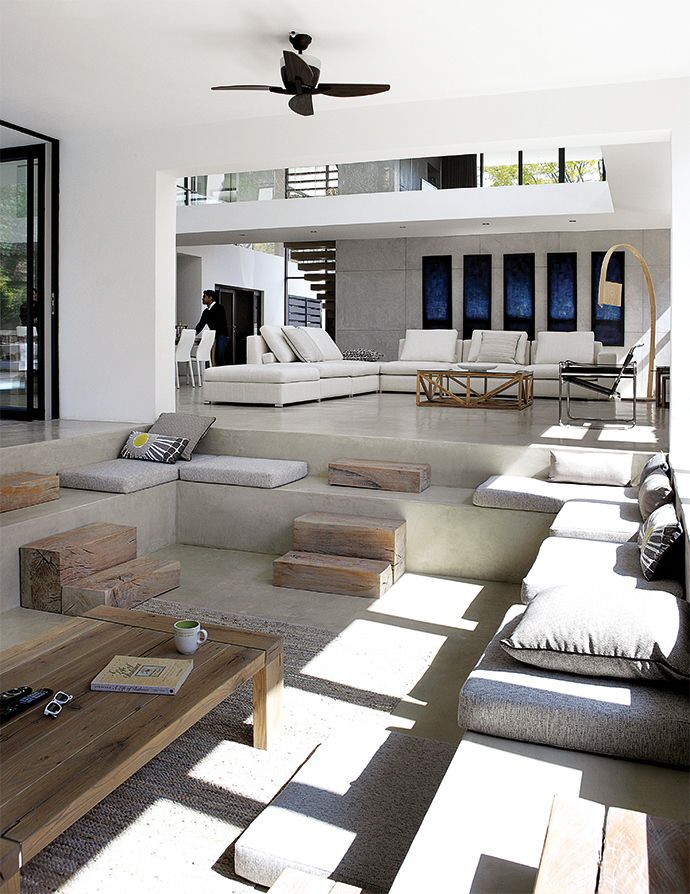
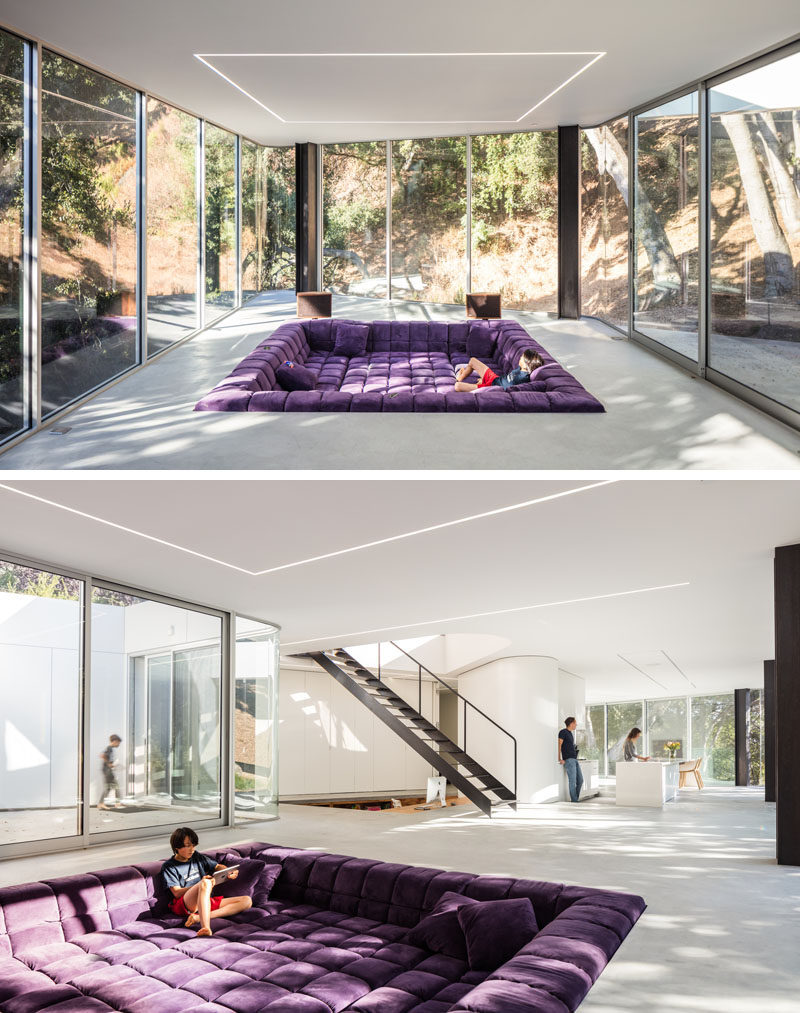

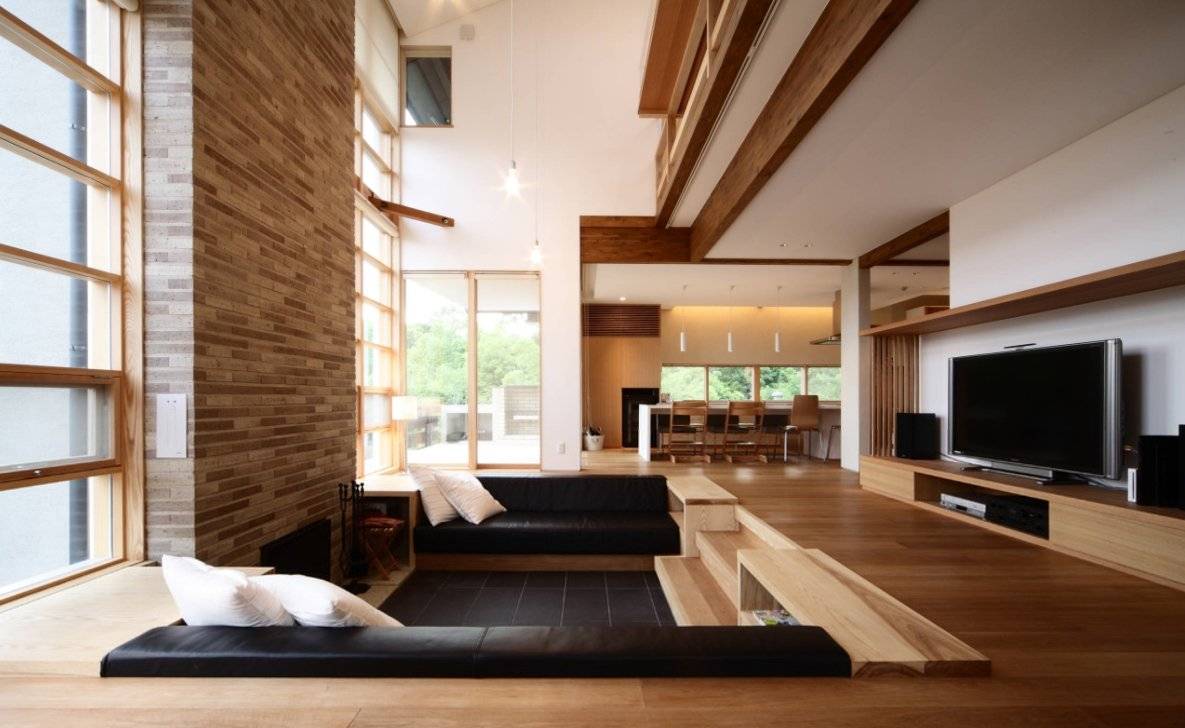



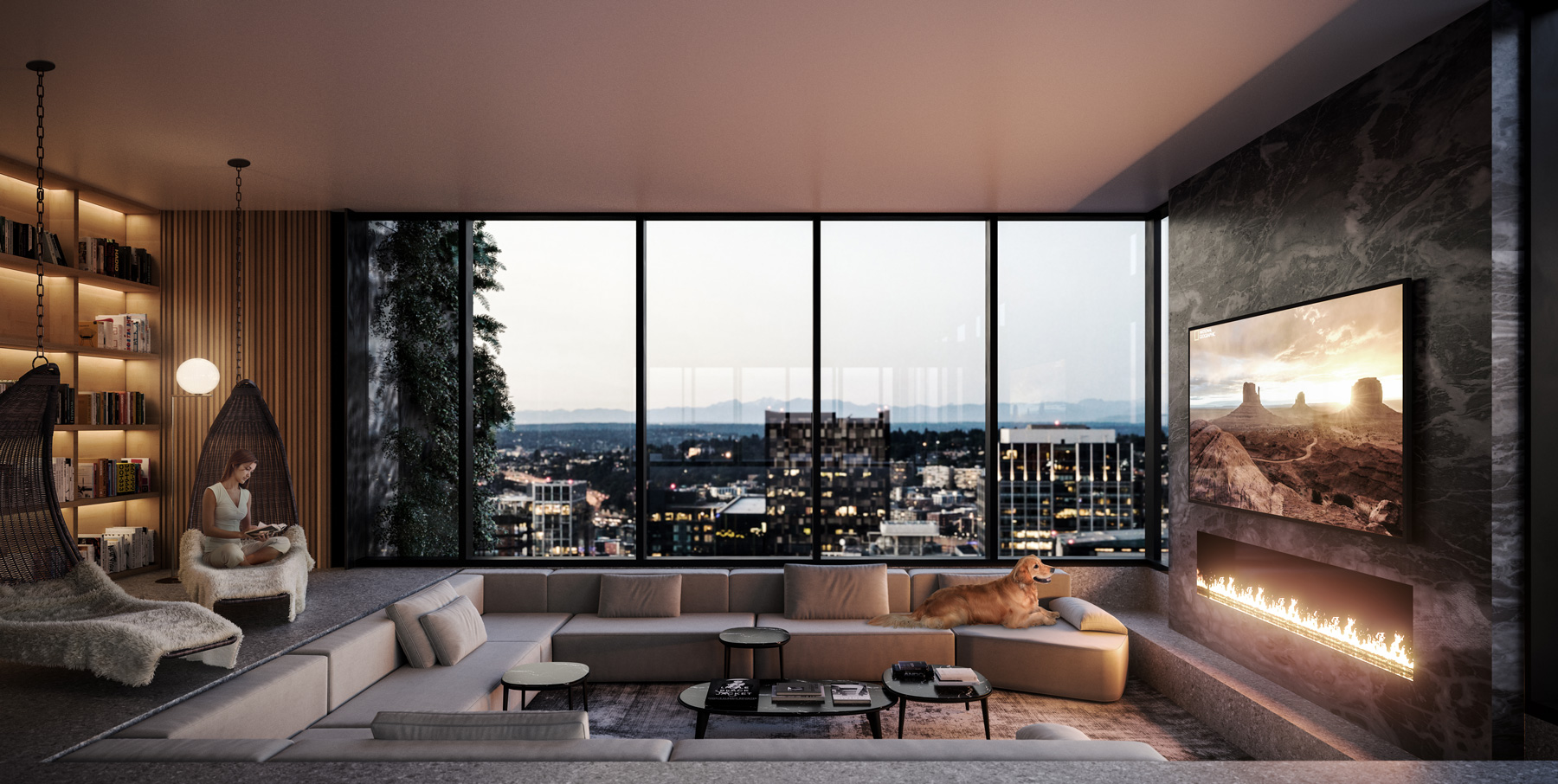
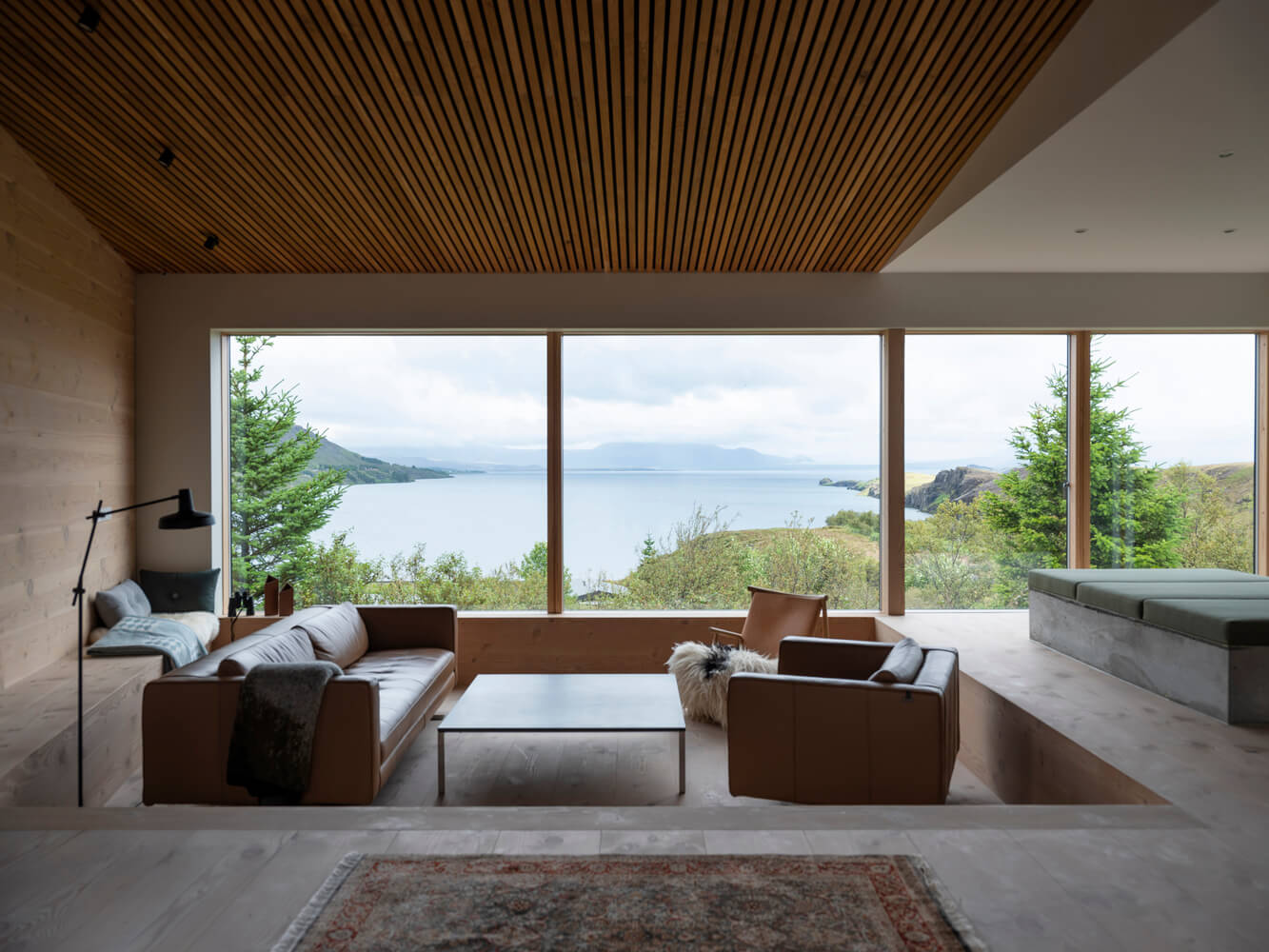








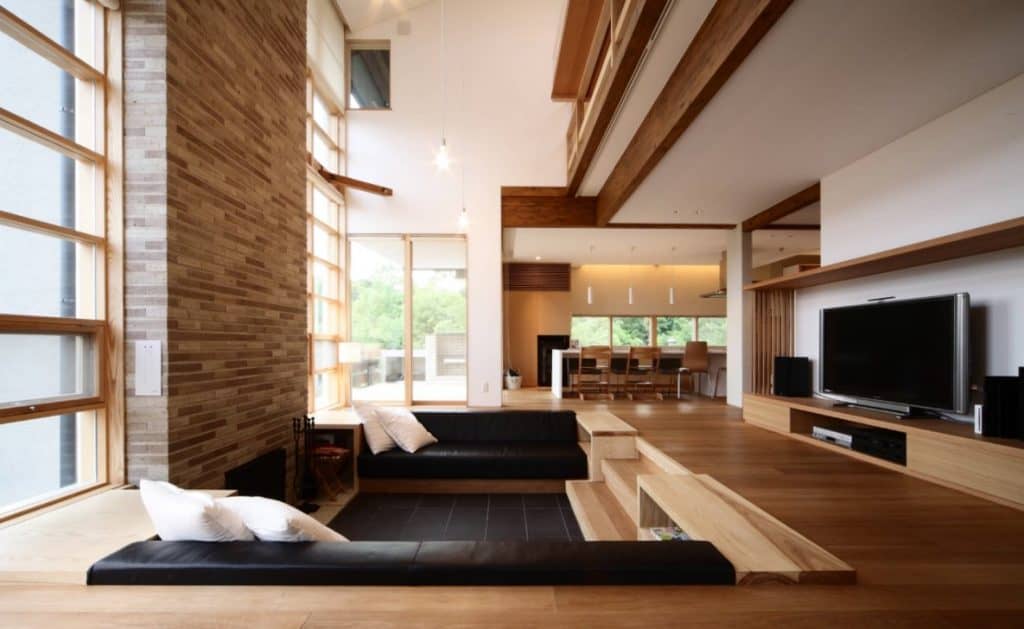
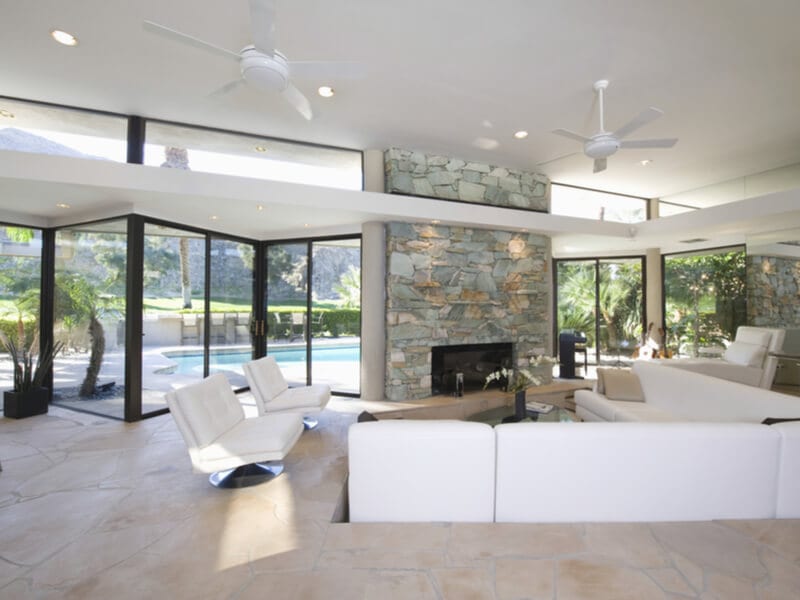
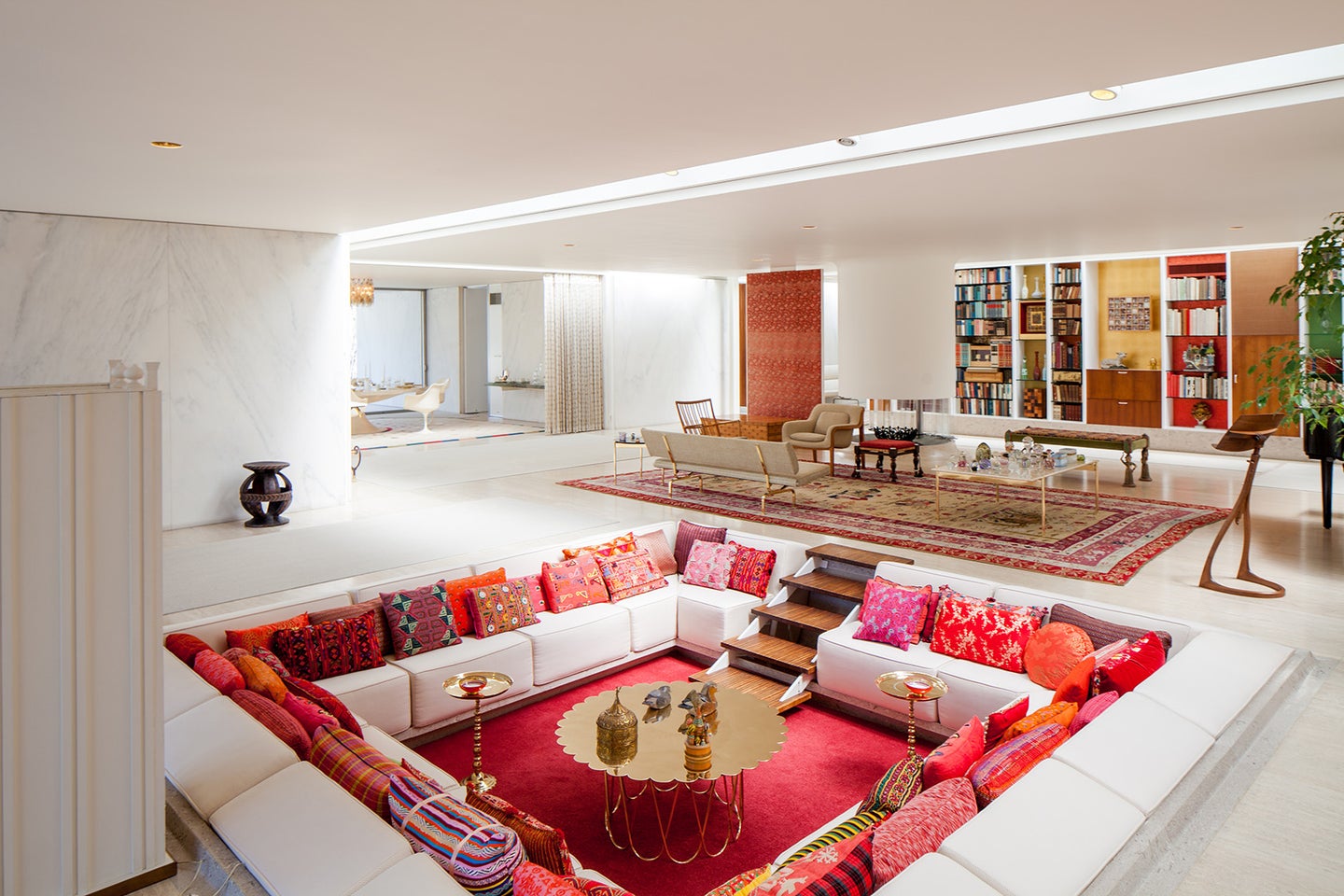
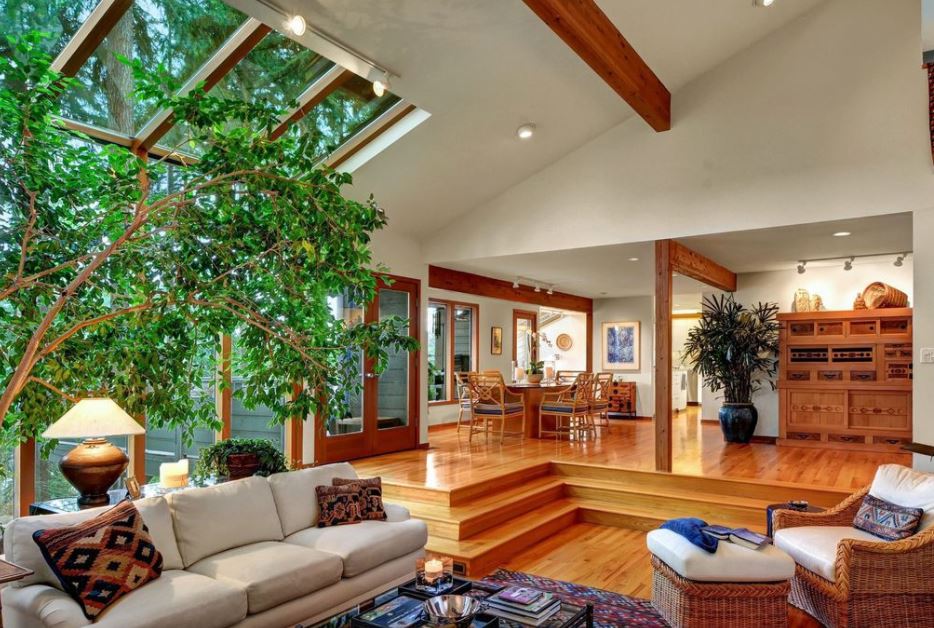
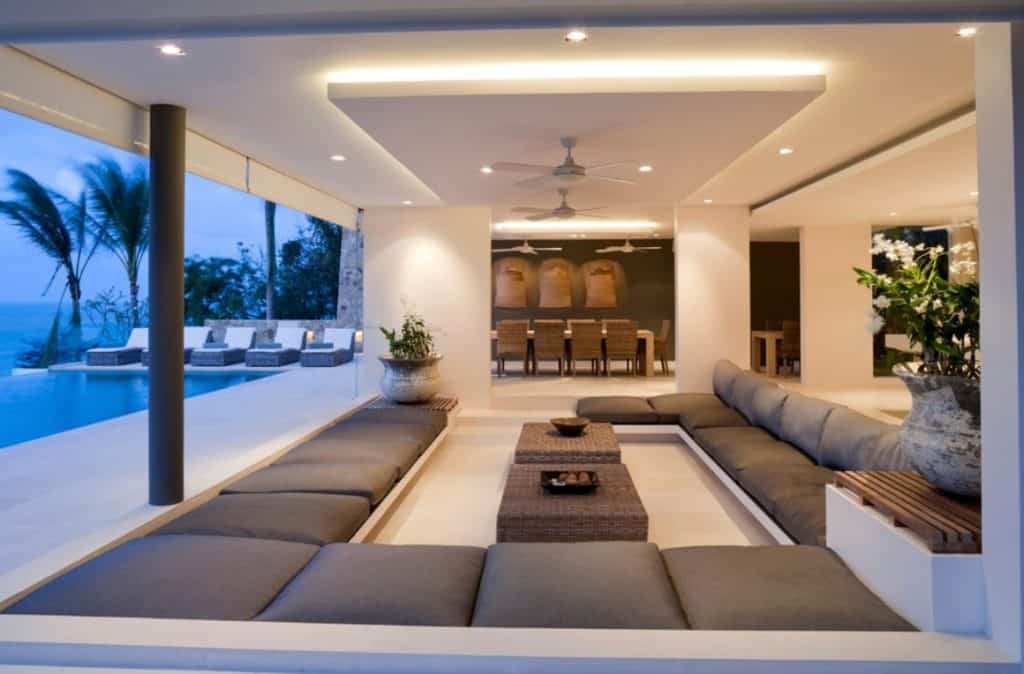
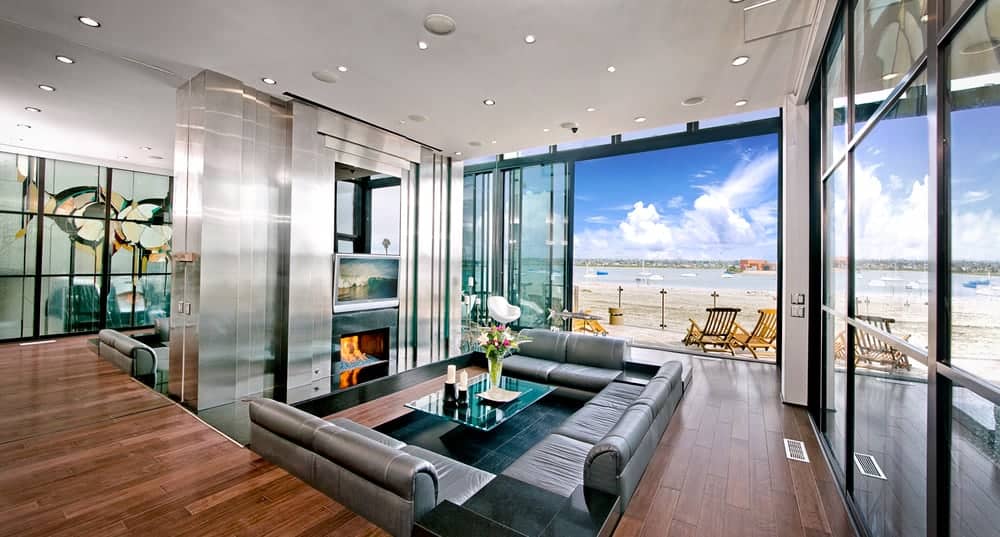
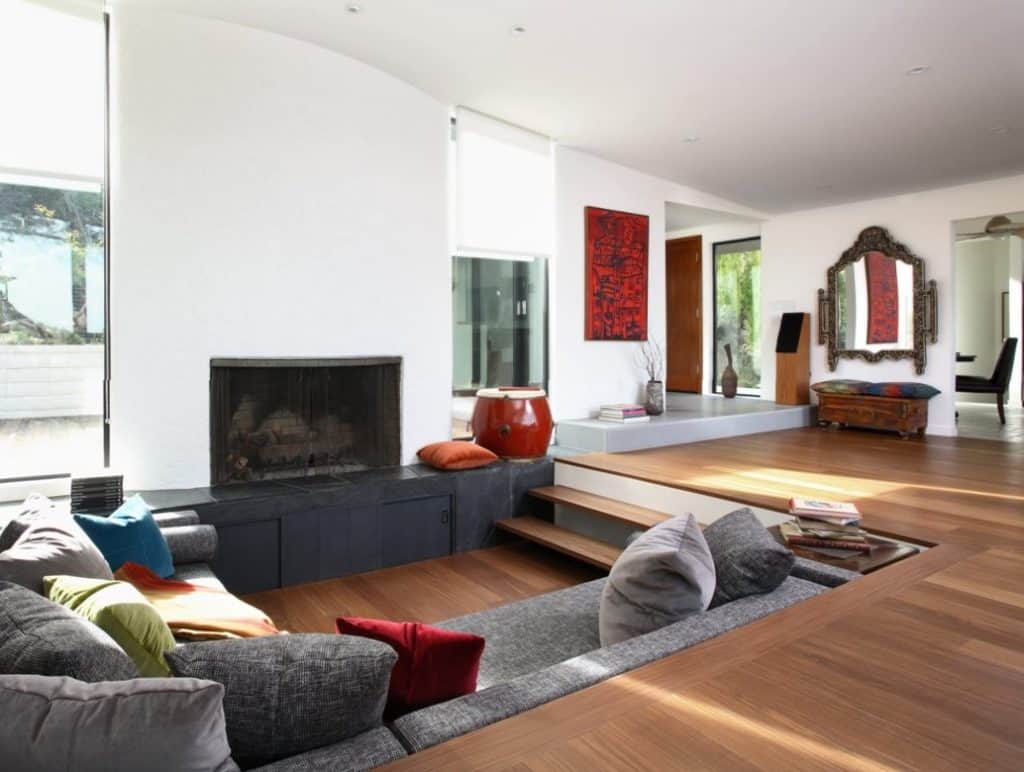
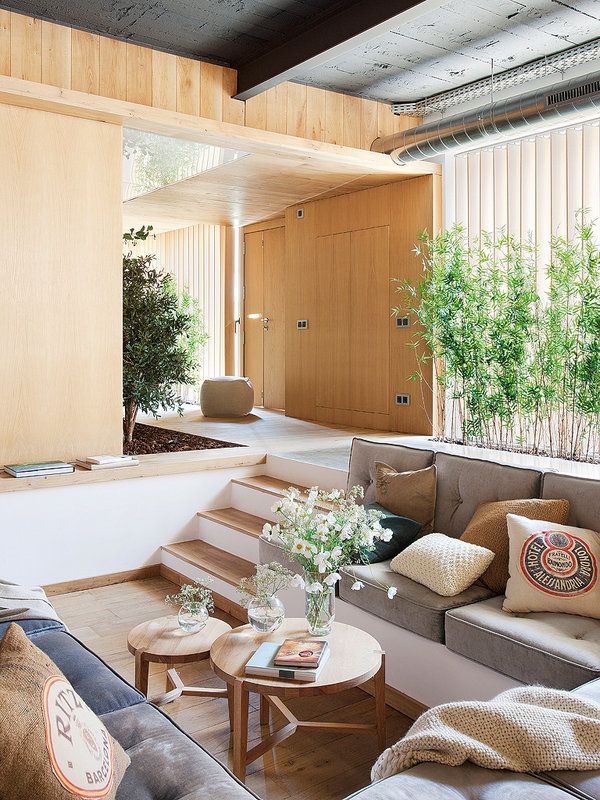
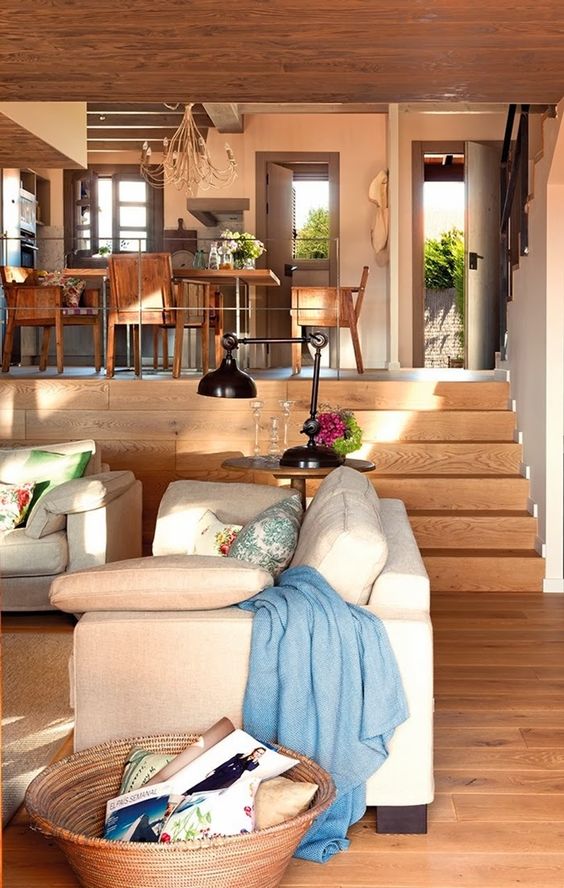


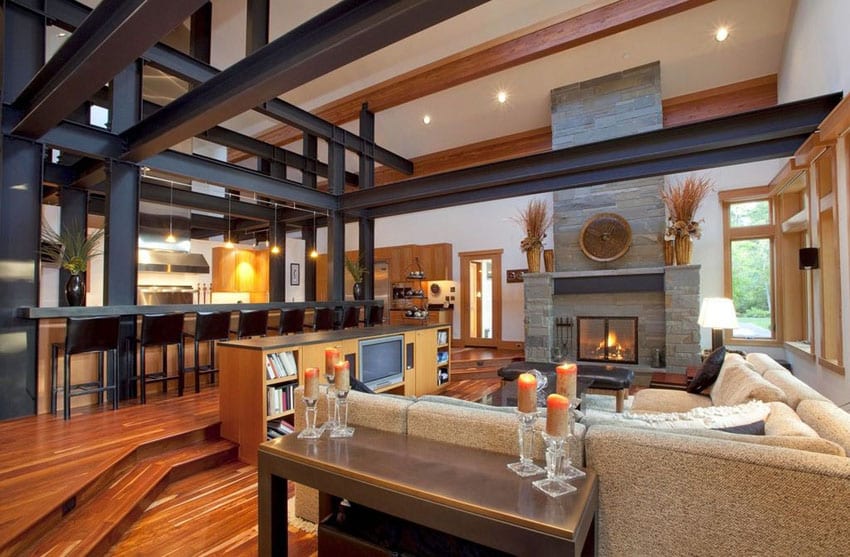

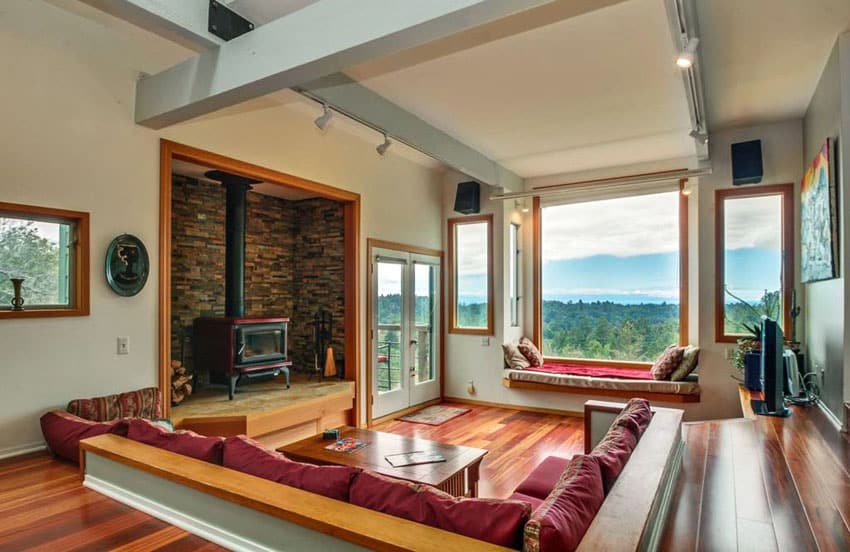

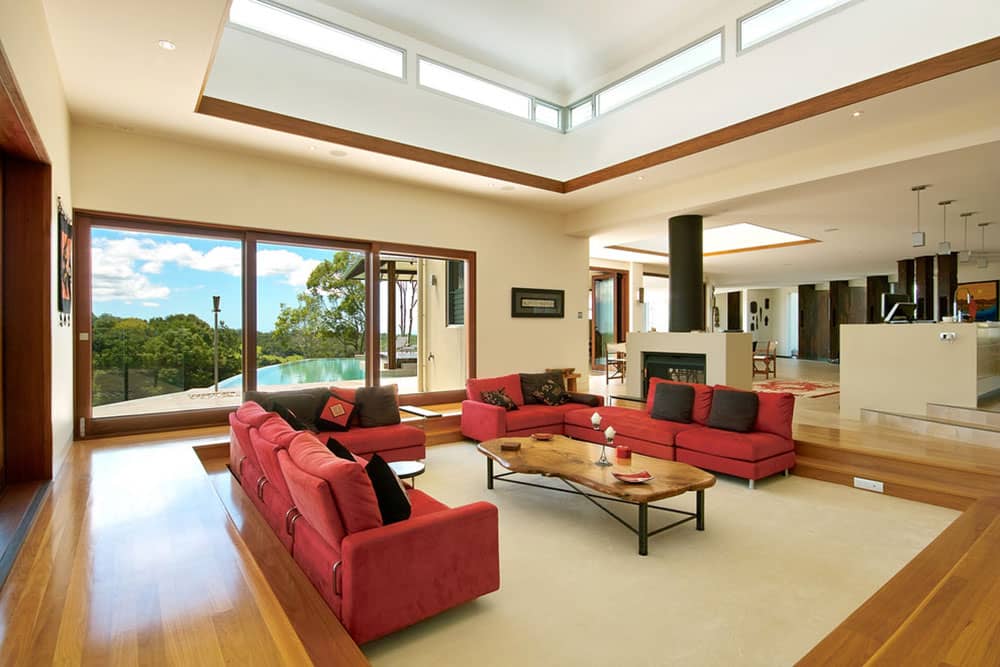





:max_bytes(150000):strip_icc()/2I5IQ36Q-3e2fc93a3d634739a903a7aa3603a51b-035eef5162d64e6b96f0df3443b64096.jpeg)


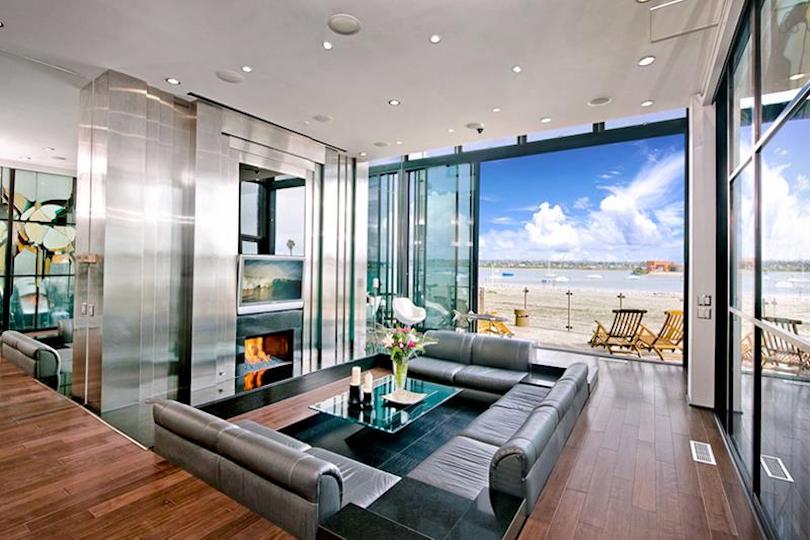


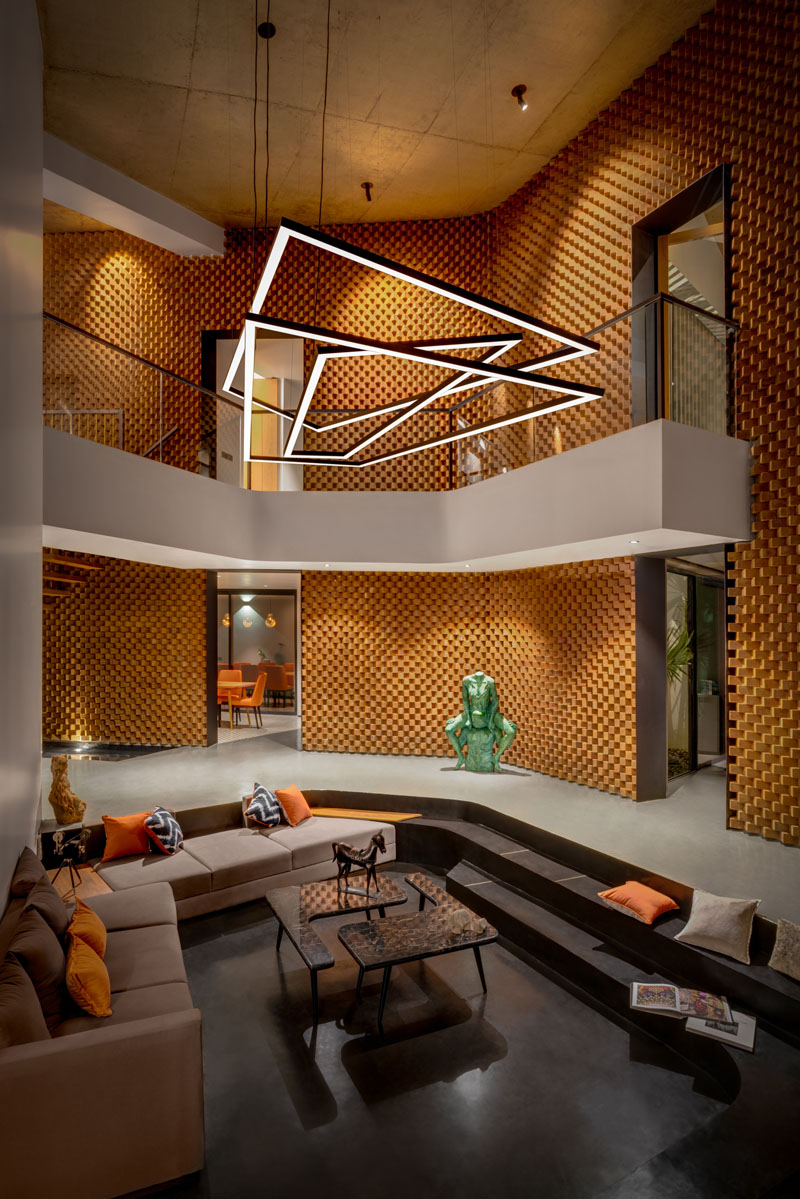
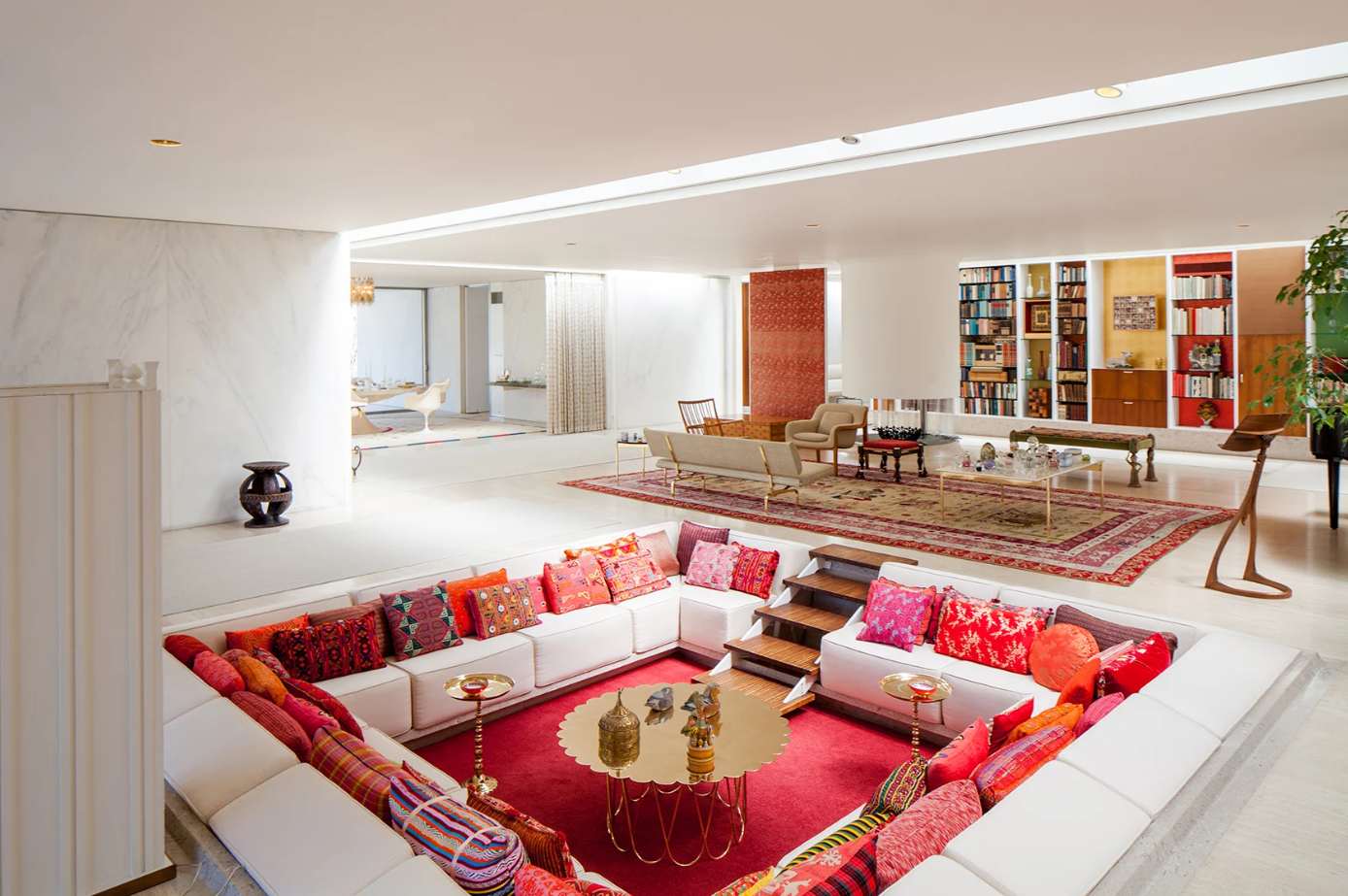






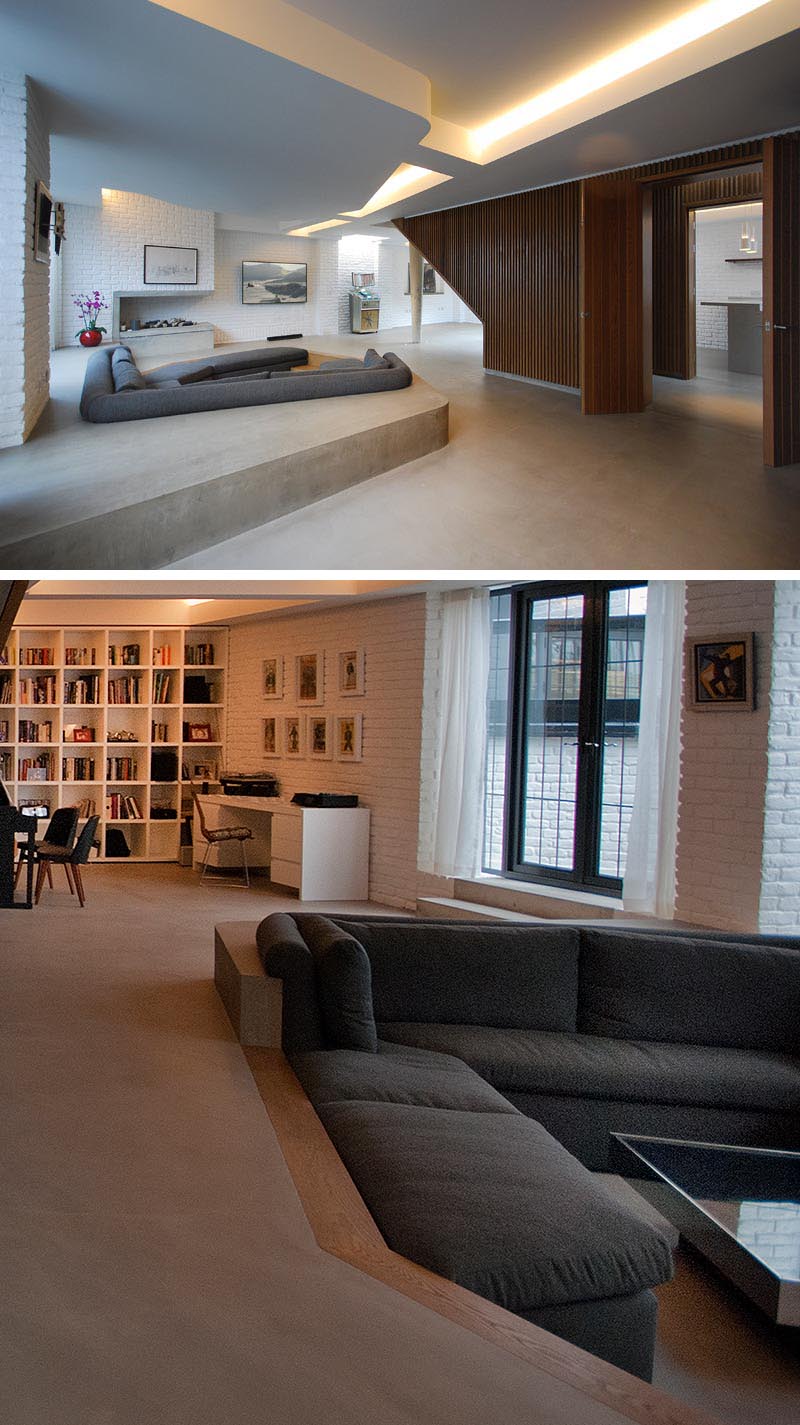



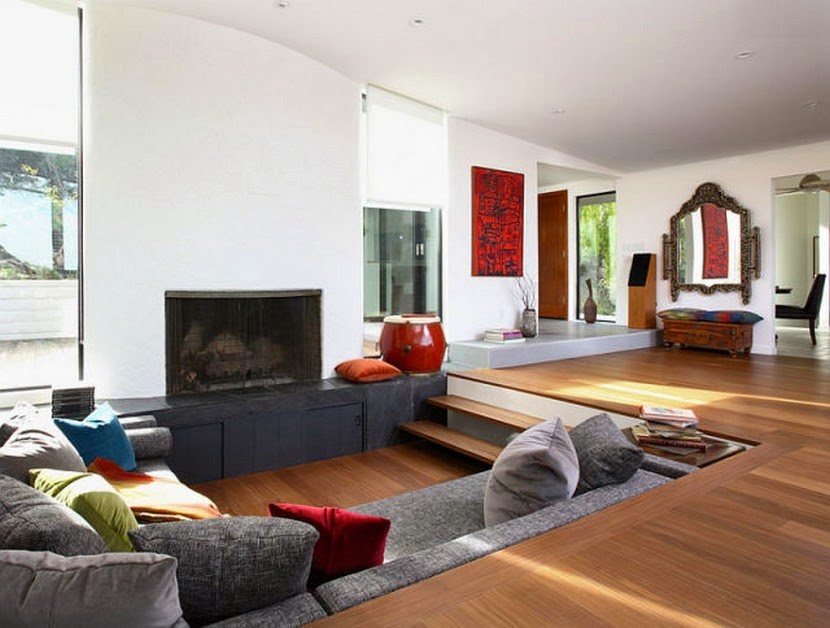

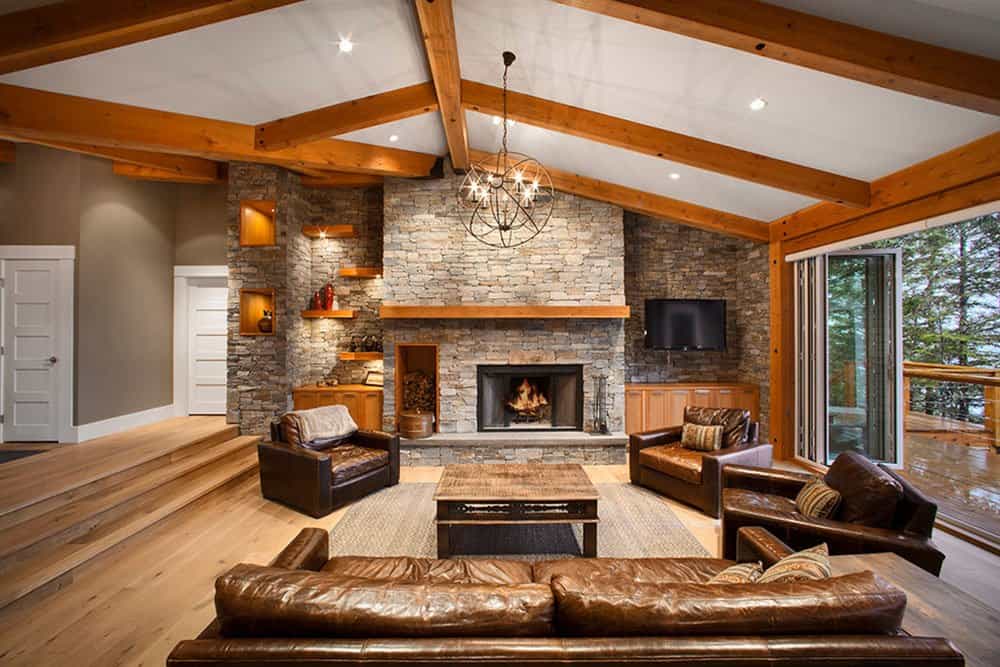
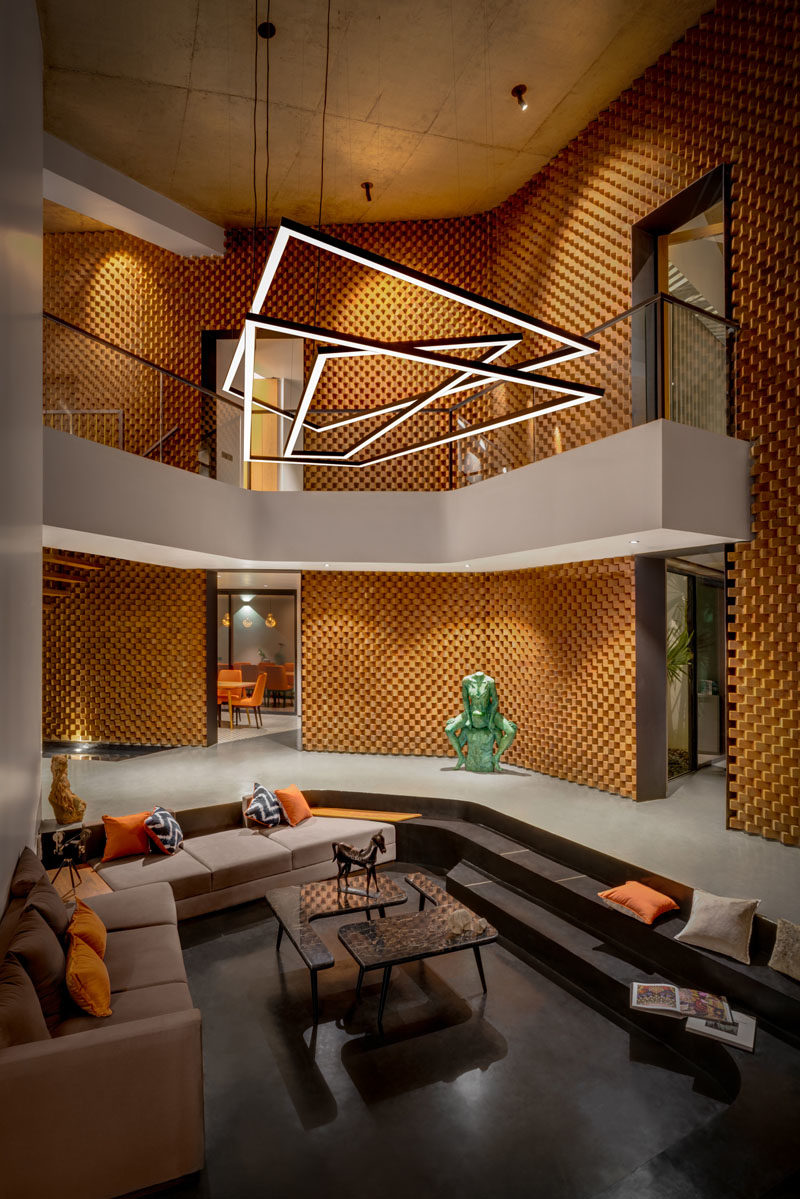






.jpg)



